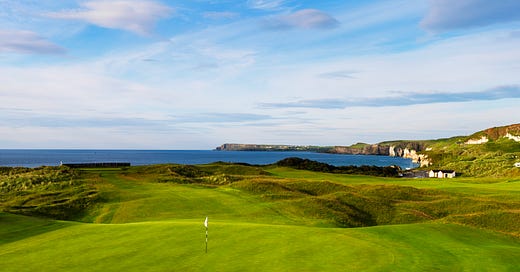There is a secret bond between slowness and memory, between speed and forgetting.
Milan Kundera
I find something magical in the process of returning to old haunts. Sometimes this is in the renewed exploration of places I once lived; more recently in the travel to the location…





